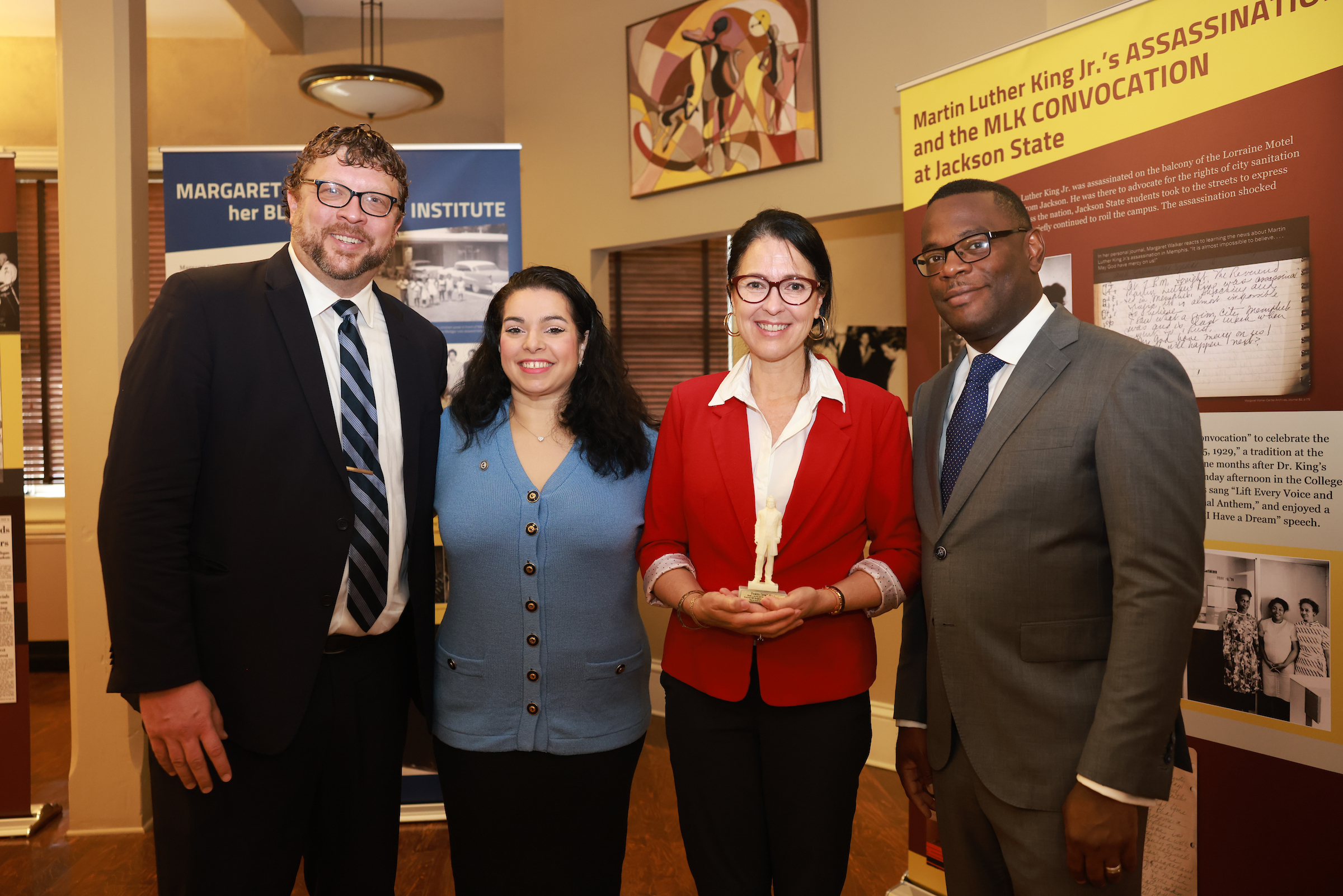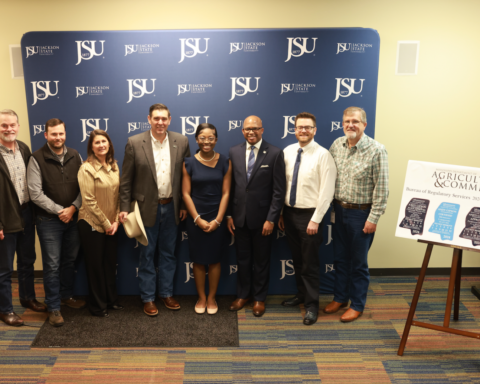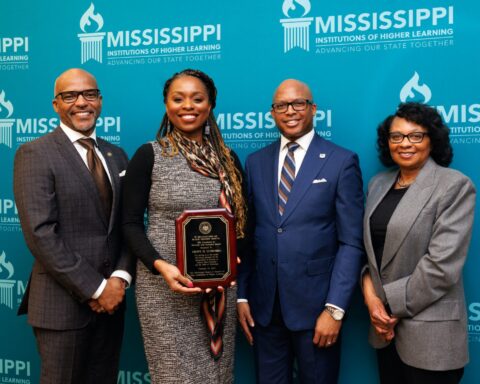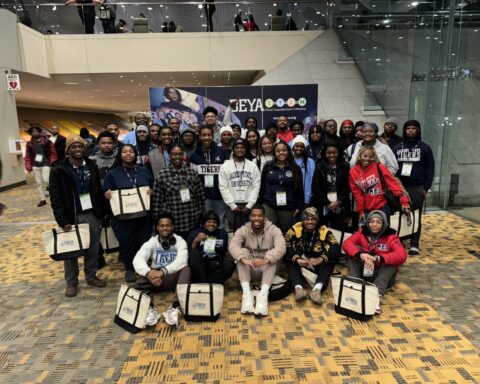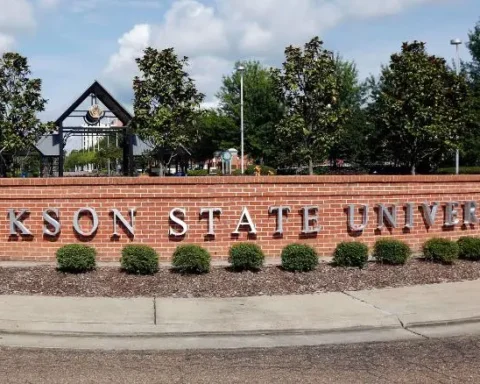By Anthony Howard
Assistant Secretary for Fish and Wildlife and Parks Shannon Estenoz toured Jackson State University last month to highlight investments to preserve HBCUs. JSU received an investment of $650,000 from the National Park Service.
The funding received will help preserve the Council of Federated Organizations (COFO) Civil Rights Education Center and Ayer Hall. The sites are homes to some of the most historic events and artifacts from the university’s past.
“The Lynch Street corridor and the role that it played in Mississippi; I really didn’t understand that. It’s interesting because I’ve done a lot of reading on the civil rights movement, and I knew about the COFO Center, but I didn’t understand where it was, but now I get it,” explained Estenoz. “To understand the history of Alexander Hall and stories that I haven’t heard, it all happened right here, and a lot of it is intact but, a lot has been lost.”
In 2022, the National Park Service will invest $9.7 million in 21 projects across nine states to preserve historic structures on HBCU campuses like Jackson State.
JSU President Thomas K. Hudson, J.D., expressed gratitude for the Biden administration’s investment in HBCUs and preserving these “sacred spaces.”
“HBCUs like JSU are steeped in history and tradition and should always be venerated as a vital part of our nation’s historical and cultural fabric. We appreciate the support of the National Park Service and Secretary Estenoz for their assistance in helping us safeguard our historical assets and including HBCUs in the storytelling of America,” said Hudson.
Of the recent grant, $500,000 will be allocated toward a roof replacement for Ayer Hall, along with updating the HVAC system. The remaining $150,000 will be used for roofing and HVAC restoration at the COFO Center. The improvements will preserve both the buildings and the archival material inside.
“The work that these grants allow us to do is absolutely essential to our mission,” said Robert Luckett, Ph.D., director of the Margaret Walker Center. “Part of our mission statement at the Margaret Walker Center is the preservation of historic structures essential to the African American experience.”
During her visit, Estenoz toured JSU’s historic landmarks and explored the relevance of these spaces to JSU. She stated that HBCUs played a critical position in US history by helping to advance the nation’s future.
The assistant secretary commended JSU’s vision to develop and preserve the history of Lynch Street for all Americans to experience. The Lynch St corridor serves as a gateway onto the university’s campus from downtown.
The historic strip is home to the COFO center, Mt. Olive Cemetery (where many African American leaders were laid to rest), and the Masonic temple where Medgar Evers’ funeral was held. JSU’s president also envisions the construction of an extension to the Margaret Walker Center in the same area.
The goal is for the corridor to serve as a tourist attraction that will invite more people to JSU’s campus. President Hudson stated that these types of visits are vital to attracting future federal investments into the university.
“You can write proposals, highlight it through the media, talk about it, but it’s not until you come into this space that you can really access that vision. You can really see what can be, and you can also see how those dollars and investments are being used. They can also see the need for more funding for historic preservation,” Hudson said.
Estenoz described her experience as “walking in the footprints of historical figures”. She acknowledged the significance of the rare opportunity to preserve history.
“It’s exactly the kind of work that we should be doing so that people can not only understand what happened but be in the place where it happened and feel that they are a part it. That’s why it was important to see it myself; to walk it myself,” explained Estenoz.
Since the 1990’s, the U.S. Department of the Interior, through the National Parks Service, has helped support HBCU’s through grants to preserve noteworthy districts, buildings, and sites that honor the past and tell the ongoing story of these vital institutions.

